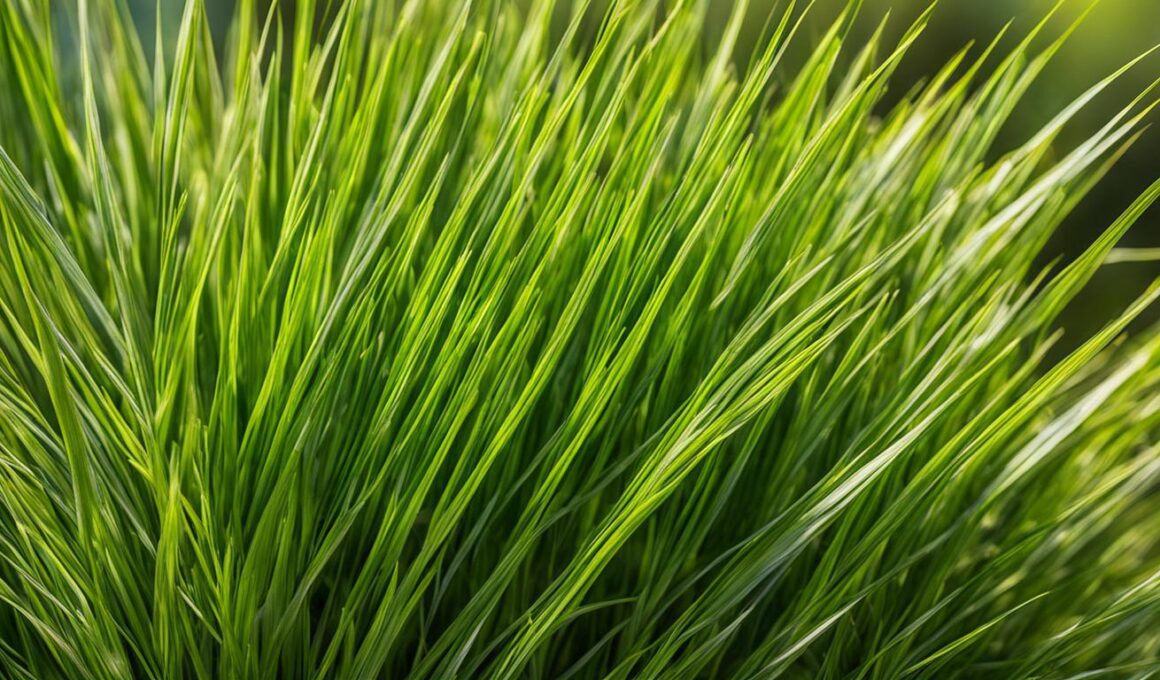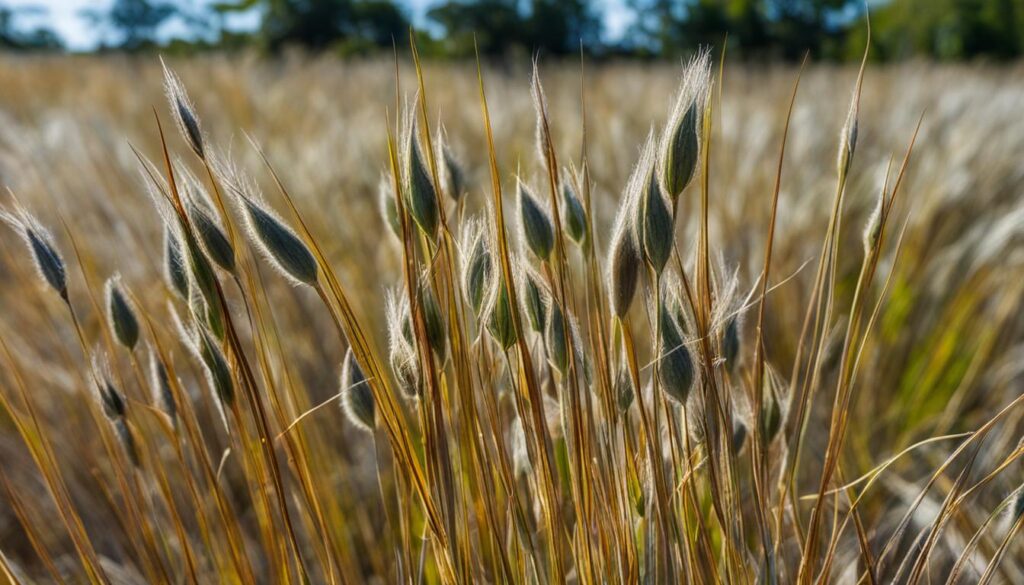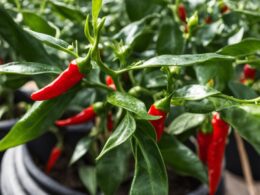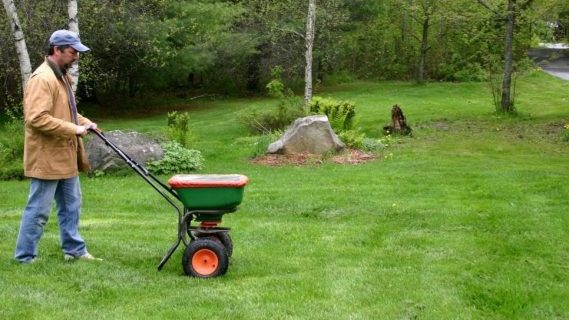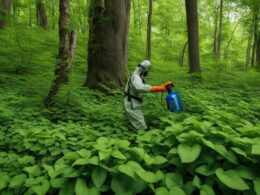Welcome to the world of Pensacola Bahia Grass Seed, the perfect solution for your lawn and pasture needs in Southern climates. If you’re looking for a low-maintenance, green space that thrives in sandy soils and withstands challenging weather conditions, look no further.
Pensacola Bahia Grass Seed is known for its exceptional drought tolerance, resistance to insects and diseases, and moderate tolerance to sandy soils. It is the ideal choice for areas where other grasses struggle to survive.
When planted in the spring or summer, when night temperatures consistently reach 65+ degrees, and at least 3 months before the first frost, Pensacola Bahia Grass Seed boasts a germination time of 21-30 days under optimal conditions.
With its fast growth and ability to create a lush and vibrant green space, Pensacola Bahia Grass Seed is the perfect answer for those seeking a beautiful and low-maintenance lawn or pasture.
Application and Adaptation of Pensacola Bahia Grass
Pensacola Bahia Grass Seed is a versatile grass variety that can be used for various applications, providing numerous benefits in a range of environments. Whether you’re looking to enhance your lawn, establish a productive pasture, or control erosion, Pensacola Bahia Grass is a valuable choice. Let’s explore its different applications and its adaptability to various conditions.
Lawn and Ground Cover
Are you dreaming of a lush and vibrant lawn that thrives in the warm season? Pensacola Bahia Grass is an excellent option for your lawn needs. Its dense growth and deep root system help create a beautiful ground cover that adds both aesthetic appeal and functionality to your outdoor space. With its ability to tolerate sandy soils and withstand drought, Pensacola Bahia Grass provides a low-maintenance solution for your lawn.
Pasture and Livestock Grazing
If you’re a livestock owner or manage a pasture, Pensacola Bahia Grass can be a game-changer. This grass variety is commonly used for livestock grazing across the Southern United States due to its adaptability and high nutritional value. Pensacola Bahia Grass provides ample forage during the warm summer months, serving as an excellent feed source. Its resilience to heat and drought ensures that your livestock can graze on nutritious pasture even in challenging conditions.
Cover Crop and Erosion Control
Pensacola Bahia Grass is not only beneficial for lawns and pastures but also plays a vital role in cover cropping and erosion control. Its extensive root system helps bind soil particles together, reducing erosion caused by wind and water. Additionally, the dense canopy of Pensacola Bahia Grass shades the ground, preventing weed growth and further protecting against erosion. Whether you’re looking to stabilize slopes, control erosion in bare areas, or improve the soil’s fertility, Pensacola Bahia Grass can be an effective cover crop.
Adaptability to Warm Season Zones and Transition Zones
Pensacola Bahia Grass is well adapted to the warm season zones found throughout the Southern United States, including Florida, Georgia, South Carolina, Alabama, Mississippi, Louisiana, Northeast Texas, and Southwest California. It can thrive in a wide range of soil types, including upland, well-drained sands, as well as moist, poorly-drained flatwoods soils. This grass variety covers an estimated 2.5 million acres in Florida alone, showcasing its adaptability to the region’s climatic conditions.
In southern Florida, where Pensacola Bahia Grass is prevalent, growth slows in October, and pastures may have limited forage from mid-December to early March. However, in northern Florida, bahiagrass pastures remain productive from April to November. To extend the grazing season and provide additional late winter and early spring grazing, bahiagrass can be overseeded with cool-season legumes and grasses.
With its versatility, adaptability, and numerous benefits, Pensacola Bahia Grass Seed proves to be a reliable choice for various applications. Whether you’re looking to enhance your lawn, establish a productive pasture, or control erosion, this warm-season grass has you covered. Consider incorporating Pensacola Bahia Grass into your outdoor spaces for a vibrant, resilient, and sustainable landscape.
Cultivars and Pasture Use of Pensacola Bahia Grass
In the realm of Bahia grass, the Pensacola cultivar stands tall as the most widely grown variety. Originating in Pensacola, Florida in 1935, this cultivar boasts distinctive features such as long, narrow leaves, taller seed stalks, and early flowering compared to other cultivated strains.
Beef cattle pastures have found a faithful companion in the Pensacola Bahia grass. When managed with proper fertilization and rotational grazing, this grass can support approximately one animal unit per acre from mid-March to mid-November in the flatwoods of southern Florida.
The quality of bahiagrass forage is notably suitable for mature beef cattle. However, weaned calves or stocker yearlings may experience lower daily weight gains, particularly between July and September. Comparisons have been made between bahiagrass and other grasses, revealing variations in terms of yield and animal response across different locations within the state.
Incorporating ryegrass and various legumes as companions to bahiagrass has proven successful. However, it is crucial to manage soil moisture levels and reduce competition from bahiagrass to ensure optimal growth and development. Beyond supporting livestock, bahiagrass can also serve as a source of income through seed production and hay harvesting.
Moreover, it plays an essential role in crop rotation. Many farmers cultivate bahiagrass alongside peanuts, soybeans, tobacco, and vegetables grown in sandy soils. This practice enhances soil conditions and reduces pest populations, benefiting subsequent crops in the rotation scheme.
With its adaptability, versatility, and commercial benefits, the Pensacola Bahia grass stands as an influential player in the realm of cattle pastures, legume companionship, seed production, hay harvesting, and crop rotation in warm-climate regions.
Conclusion
Pensacola Bahia Grass Seed is a reliable choice for lawns and pastures in Southern climates. Its adaptability to various soil conditions, drought tolerance, and disease resistance make it a low-maintenance option for creating a lush, green space.
Whether used for livestock grazing or erosion control, Pensacola Bahia Grass can provide both aesthetic and functional benefits to your outdoor space. Its deep root system helps prevent soil erosion and retains moisture during dry periods, ensuring the vitality of your lawn or pasture.
Proper cultivation and management of Pensacola Bahia Grass require careful consideration of planting time, fertilization, and companion planting with legumes. By following these best practices, you can enjoy the beauty and resilience of Pensacola Bahia Grass throughout the year, with its vibrant green color and durability even in the face of challenging climatic conditions.
Choose Pensacola Bahia Grass Seed to transform your outdoor space into a thriving, low-maintenance oasis that will impress both you and your neighbors. Experience the benefits of this versatile grass that flourishes in Southern climates, providing a beautiful and functional landscape for all to enjoy.
Can Bahia Grass Seed Be Used in the Ideal Climate for Growing Mango Trees in the US?
Yes, Bahia grass seed can thrive in the ideal mango growing climate in the US. This warm and tropical climate provides the perfect conditions for both the grass seed and the mango trees to flourish. With proper care and maintenance, Bahia grass seed can coexist harmoniously with mango trees in this ideal climate.
Can Bahia Grass Seed and Olive Trees Thrive in the Same Southern Climate?
Yes, olive trees in Florida can thrive in the same southern climate as Bahia grass seed. Both are well-suited to the warm climate and can coexist in the same environment. With proper care and maintenance, both Bahia grass and olive trees can thrive in Florida’s southern climate.





